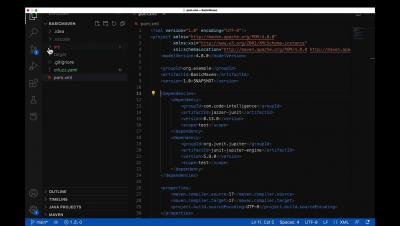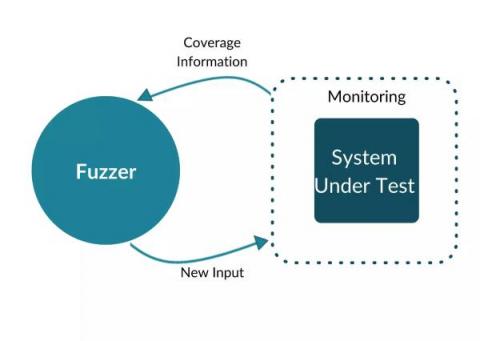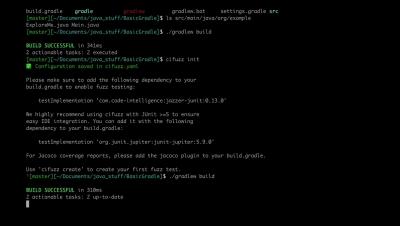Security | Threat Detection | Cyberattacks | DevSecOps | Compliance
AST
Code Intelligence Unveils Simple Open-Source Tool to Automatically Test Java Applications for Unexpected Behaviors
Fuzzing Java Applications With CI Fuzz | Maven
Build Secure Java Applications with Fuzz Testing
Today, I want to show you a way how to increase the integrity and functionality of your Java applications, with fuzz testing. This awesome testing approach has done me great service for building more secure Java applications, and it's basically as simple as unit testing. In this article, I will share how you can apply fuzz testing to your own code. And the best part: all code examples and tools I will use are 100% open-source.
Fuzzing Java Applications With CI Fuzz | Gradle
Mock Testing Embedded Systems With Fuzz Data
Mock testing, also called mocking, is an integral part of the embedded software development process as it allows you to test your code without relying on actual hardware. This can be extremely helpful when trying to debug your code or test new features. During fuzzing testing, applications are tested using unexpected or invalid inputs. Modern fuzzers generate these inputs based on feedback about the SUT’s interaction with previous test inputs.
How To Improve Automotive Security | FuzzCon Europe - Automotive Edition 2022
Fuzzing beyond Cybersecurity | FuzzCon Europe - Automotive Edition 2022
Historical Vulnerabilities in the Automotive Space | FuzzCon Europe - Automotive Edition 2022
The Benefits of Negative Testing in Software Testing
In software testing, negative testing refers to the practice of feeding a system with unexpected or invalid inputs. Given an input field that accepts numeric values from 0-100, positive tests would assess if the application does what it's supposed to do, given input values such as "1", "2" or "99".











